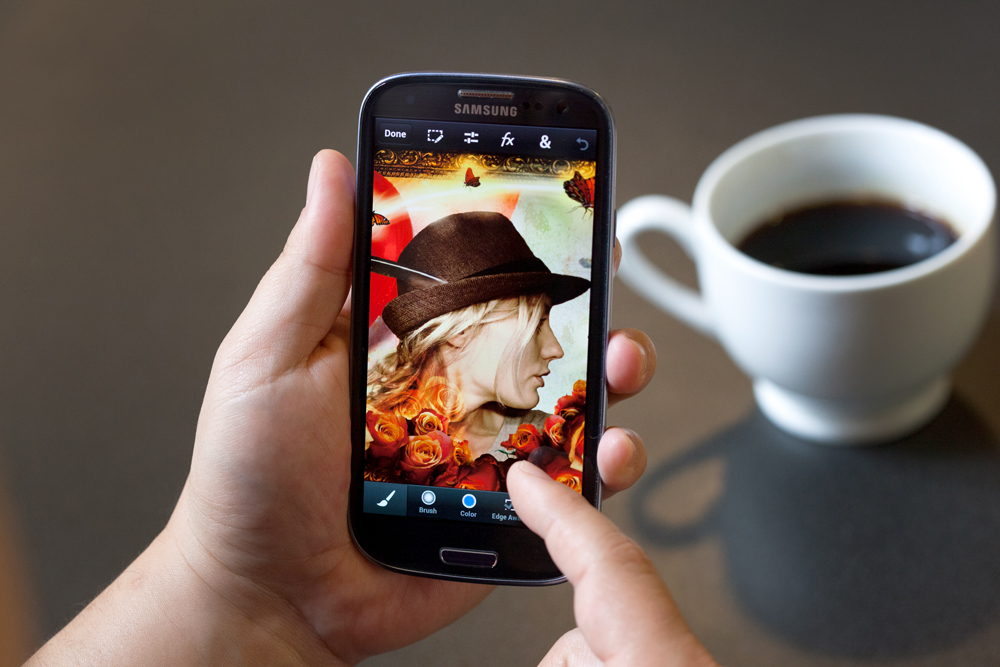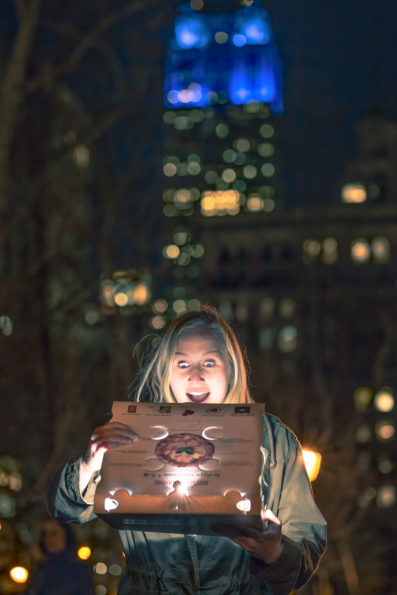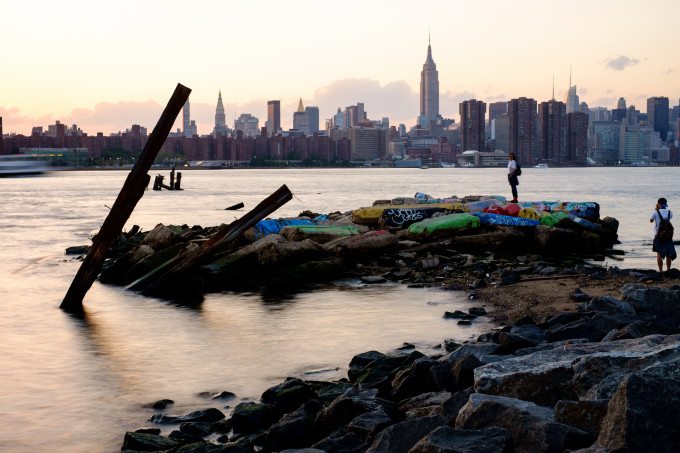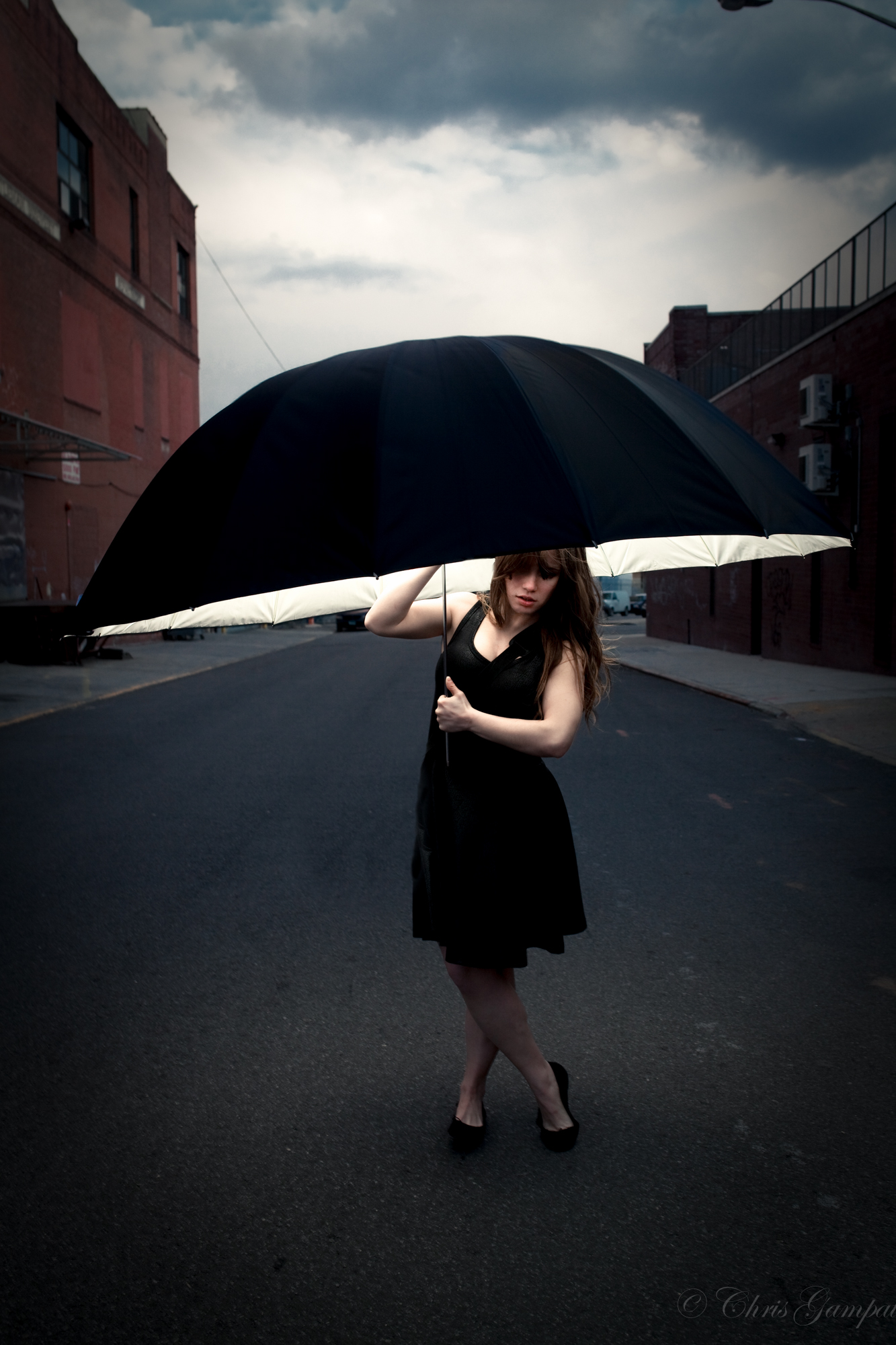There are many schools of mind and thought when it comes to defining what a photograph is. Some say that a photograph is exactly what comes out of the camera and nothing more. Others tend to argue that using Lightroom is alright. Still others continue to say that the world of presets, HDR and other methods are untrue to what photography is.
Photography in its colloquial term basically means painting with light. It started with the obscura, moved onto things like tin types, then film, and now digital. For most of photography’s years, the darkroom was the king. We base a lot of what we do in Lightroom and Photoshop off of Darkroom methods.
But to this day, if you say that some concepts in Photography result in not an actual Photo being created, then there are years and years of darkroom photographers that would prove you otherwise.
The Traditional Arguments Against Photoshop
Last year, we shared a video by Lynda.com about the history of photography and how the methods translate into Photoshop today. Some of those methods are still the standard when it comes to nomenclature in Photoshop but not necessarily in Lightroom. Lightroom is a very digital design. Instead of burning, it’s called darkening or exposure lowering. Instead of dodging it’s raising an exposure.
So what did photographers do their negatives? Honestly, nothing–and that results in the non-destrectuive editing that is possible. But the negative was never on display; the print was. So in order to make a print of theirs look better or more in line with a creative vision that they had, they had to use a variety of methods.
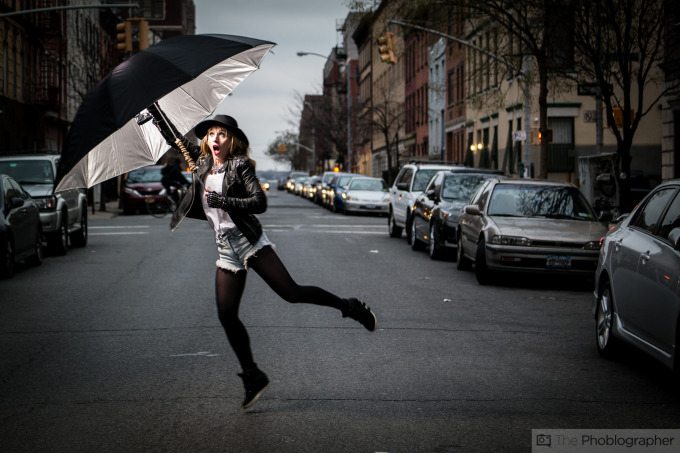
There were:
- Burning
- Dodging
- Masks
- Feathering
- Gradients
- Fixers
- Ways to change the color balance and shifts
- Cloning (oh yes!)
- Selective color shifting
- Grain control
- Vignette control (you could make it more pronounced
- Toning
- Hue shifting
The list could honestly go on and on because everyone and their mother was experimental and kids used to spend long hours in the darkroom because it was therapeutic, they loved the smell, and they could experiment. It was fun!
These days, the world (well, not really the more arguably progressive amongst us in thought willing to accept evolution) believes that if it can’t be done in Lightroom then it isn’t photography. Combine this with Photojournalistic standards and laws against manipulation and you’ve got a society on the internet that thinks they know better than you do.
Go figure, huh?
Before you go on, I’m not at all saying your wrong. I haven’t said the word anywhere in this article, but instead I’d like you to see a different point of view.
But We’ve Been Doing This For Years
Take a long, hard look at the work of Jerry Uelsmann. He’s a photographer that worked in the darkroom for many years–in the video above he says over 50. You can see some of his work right here.
Notice what he’s doing? Something that Surreal and advertising photographers have been doing for many years now: compositing. In the darkroom, Jerry took one part of an image, then another part of another image, then another part of another photo, then another part of yet another photo to create that single print.
He didn’t cut and paste with construction paper or cutouts. Instead, he did it all using a single canvas being worked on (well, it was paper, not canvas; but you get the idea.)
Compositing is something that photographers have been doing for many years now. It’s photography! They called it photography! Those photographers went into the darkroom and spent a long time setting up prints and workstations so that they can create a single print.
So here’s my question to you: if Photoshopping an image to add extra elements into a photograph, then on that line of thought shouldn’t burning and dodging be barred too? Those things weren’t done in camera to begin with. The great Ansel Adams created his photos by using chemistry to manipulate what we see in the final print.
But then what about alternative processing? Is a print from a cross processed negative not a photograph?
Moving Forward in Photography
With the evolution of digital photography (which hasn’t really been around commercially for more than 20 years yet as of the publication of this article; heck it couldn’t legally drink then here in the US) we’ve come to shoot in RAW. We realize that the process of creating an image doesn’t stop in the camera. We go on to edit colors, change exposures, and lots of us just putz around until we get something we like. That spirit of experimenting is exactly what photographers did in the darkroom years ago when they composited and did many other methods.
So in 2016 when we are accepting new ways and have made so much progress to even accept what a camera phone can do, why can we not accept that Photoshop is photography?


